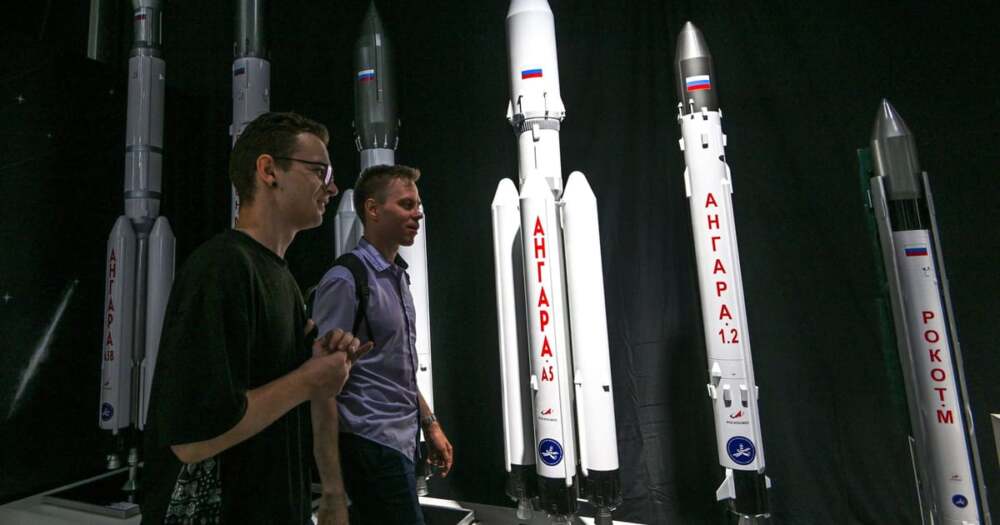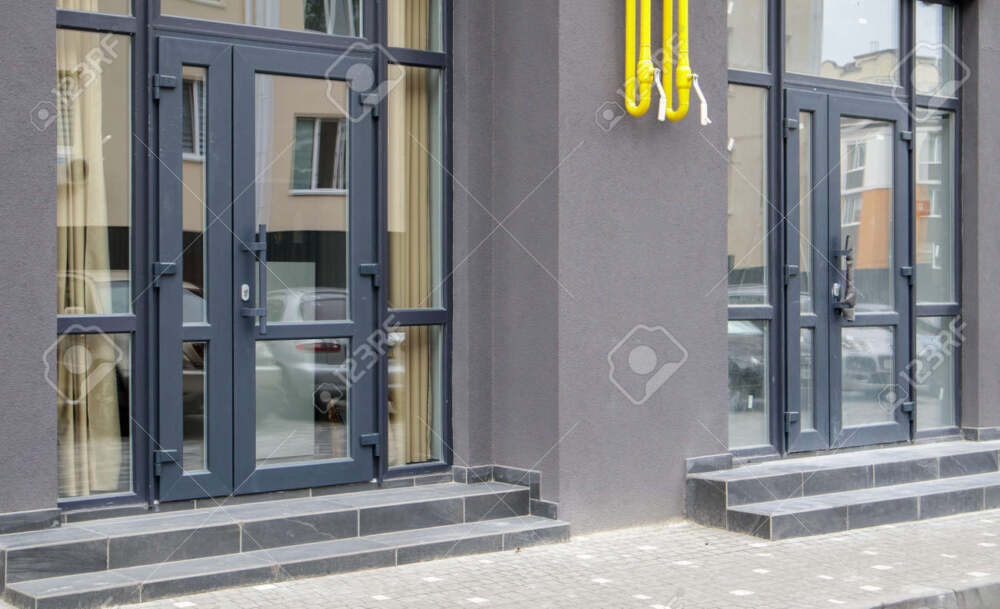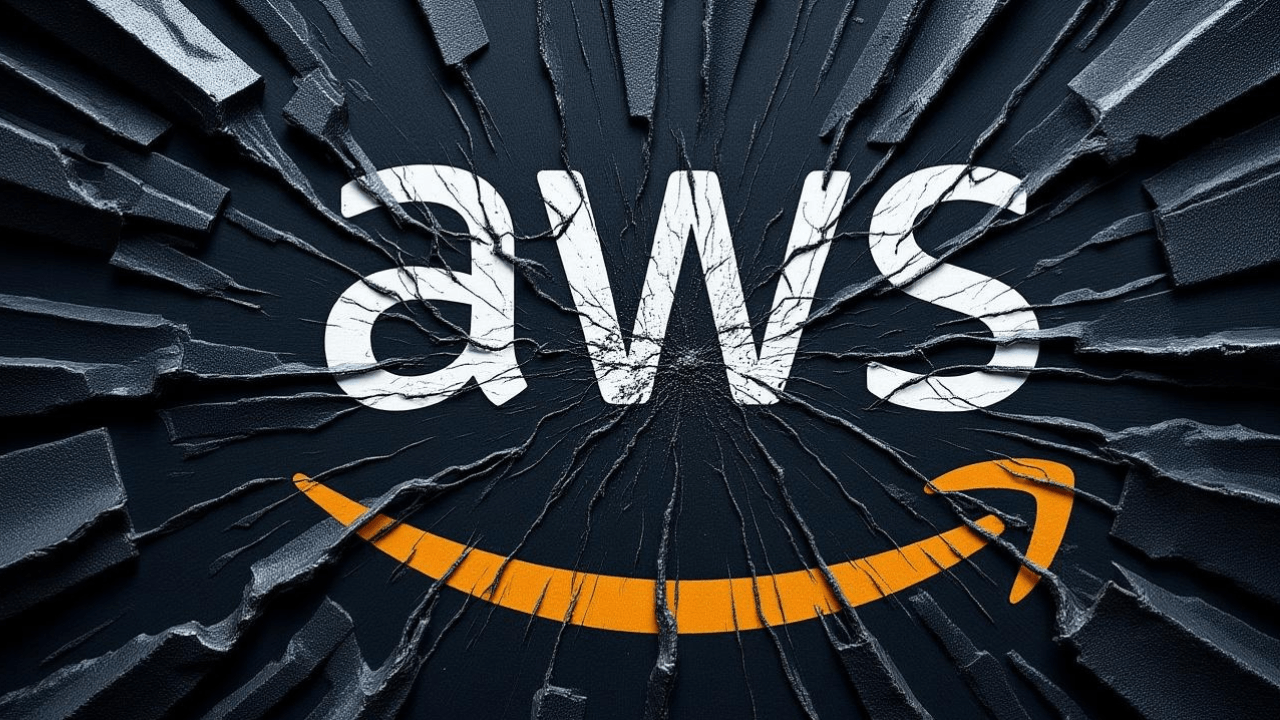Airbus, Leonardo and Thales unite to create a pan-European space leader as competition from SpaceX intensifies
In a bold move to reclaim strategic footing in space technology, three of Europe’s aerospace powerhouses—Airbus, Leonardo and Thales—have announced a plan to merge their satellite and space-systems businesses into a single large entity. This emerging joint venture is designed to give Europe a credible industrial counterweight to U.S. firms, notably SpaceX, whose rapid growth in satellite constellations and launch capability has challenged Europe’s dominance in the sector.
The Deal: What It Looks Like
According to the plan, the combined entity will draw together the space- and satellite-manufacturing operations of the three companies, pooling resources across ground systems, manufacturing, satellite services and digital infrastructure. The new company is expected to employ approximately 25,000 people and generate annual revenues in the area of €6.5 billion based on recent data. Ownership will be divided with Airbus holding approximately 35 percent and Leonardo and Thales each around 32.5 percent.
The new venture aims to begin operations around 2027 (pending regulatory approval), with an ambition to capture significant synergies—expected to run into the “mid-triple-digit million euro” range in annual operating income within five years of launch.
Why Now: A Strategic Imperative
Europe’s aerospace firms have been under mounting pressure. Traditional markets for large geostationary satellites—used for broadcasting and fixed communications—have been shrinking, while the market leader SpaceX has aggressively grown its low-Earth-orbit (LEO) constellation business, offering lower-cost satellite connectivity and capturing government and commercial clients.
This shift puts Europe’s existing satellite-manufacturing model at risk. With fragmentation, high cost bases and complex national industrial structures, the continent’s players found themselves struggling to keep pace. By consolidating their space businesses, Airbus, Leonardo and Thales seek to:
- Achieve scale, enabling them to compete globally not just in niche segments but across full satellite and service systems.
- Reduce duplication, leverage joint R&D, procurement and manufacturing efficiencies.
- Strengthen Europe’s strategic autonomy in space and reduce dependence on external actors for critical infrastructure.
- Position themselves more effectively in global markets of satellite communications, earth observation, navigation and defence.
Industrial, Political and Economic Implications
Industrial implications: The merger signals a major shift toward fewer, stronger European players rather than many smaller competing firms. It may also lead to further consolidation of facilities, harmonised engineering standards and a more integrated supply-chain across European countries. While the companies have pledged no immediate plant closures or job cuts, the expectation is that over time, roles may be rationalised for efficiency.
Political implications: Space is increasingly seen as a strategic domain. For many European governments, the desire is not only to compete commercially but to maintain sovereign capability—particularly for defence, security and critical infrastructure. Reliance on non-European suppliers, especially U.S.-based ones, has become a geopolitical concern. The new venture gives Europe a stronger basis to negotiate and deploy its own satellites, systems and services without ceding leadership.
Economic implications: With global satellite markets projected to grow, the joint entity offers better prospects for export and global contracts. The scale alone could allow more competitive pricing, stronger investment in technology (e.g., small-satellites, constellation networks) and more integrated service offers. At the same time, the venture must deliver operational improvements to justify the consolidation and generate value for shareholders.
Key Challenges Ahead
While the ambition is high, major obstacles remain:
- Governance & national sensitivities: Merging businesses across France, Italy and other countries involves negotiating national interests, differing industrial cultures, labour rules and regulatory regimes. Achieving a balanced governance structure acceptable to all parties is non-trivial.
- Regulatory approval: European competition authorities historically scrutinise large industrial consolidations closely. Ensuring the new company does not reduce competition unduly, especially for certain European programmes, will be a key hurdle.
- Technology & product-market shift: The new entity must adapt to the shift in space markets — from large GEO satellites to LEO constellations, flexible manufacturing, software-defined satellites and new business models. If it simply merges existing business lines without innovating, it risks being a large but slow competitor.
- Integration risks: Aligning systems, processes and cultures from three major companies is complex. Without focused management, there is risk of slowdown, cost overruns or dilution of the original ambition.
- Competitive responses: SpaceX and other global actors won’t stand still. They will continue to innovate, scale and lower costs. The European venture must execute aggressively to maintain relevance.
What This Means for the Market
For European governments and the defence sector, this is a signal that industrial strategy in space is being taken much more seriously. Expect more public-procurement focus on home-grown suppliers, incentives for constellation development and regulatory frameworks aimed at boosting European competitiveness.
For global markets, it potentially reshapes competition dynamics. A strong European player may push for more competitive pricing, new service bundles, and challenge the current dominance of U.S. and Asian firms. Suppliers, subcontractors and smaller niche players in Europe may find both opportunity (through scale) and risk (through consolidation).
Looking Ahead: Milestones to Watch
- The completion of regulatory approvals and formal launch of the new entity by ~2027.
- Announcement of flagship contracts and new satellite programmes led by the venture.
- Clear roadmap for integrating existing manufacturing sites, R&D centres and workforce across the three companies.
- Adaptation to new market segments — e.g., LEO constellation services, satellite broadband, defence-space systems.
- Evidence of synergy delivery (cost savings, margin improvement, R&D productivity) to justify the merger.
- Response from global competitors and how rapidly the European entity can roll out competitive platforms.
Conclusion
The alliance between Airbus, Leonardo and Thales marks a watershed moment for Europe’s space industry. By combining their space-systems arms, they aim to build the industrial muscle required to stand up to global peers in an era when access, connectivity and space capability are no longer luxuries but strategic imperatives.
If successfully executed, Europe could position itself as a strong second pole in space technology—capable of both design and large-scale manufacture, able to compete on global contracts and provide sovereign capabilities to its constituent nations. Yet the path ahead is challenging: governance, regulatory clearance, technological renewal and operational execution will all determine whether the ambition becomes reality or remains a bold intent with limited follow-through.
In short: the space race is no longer just U.S. vs. the world—it’s now Europe trying to raise its game, and if this deal works, the orbit has just been widened.
















Leave a Reply